Understanding the Different Types of Forex Trading Strategies
Introduction:
The foreign trading market, commonly known as Forex, is a vast and highly liquid financial marketplace where currencies are traded. With an average daily trading volume exceeding $6 trillion, Forex offers tremendous opportunities for individuals and institutions to engage in speculative trading, investment, and risk management. To navigate the complexities of this dynamic market, traders employ a wide range of Forex trading strategies. These strategies are diverse, encompassing various techniques, timeframes, and risk levels, all aimed at capitalizing on price movements and market trends.
What is forex trading:
Forex trading, short for foreign exchange trading, is the act of buying and selling currencies in the foreign exchange market. It is one of the largest and most liquid financial markets globally, where individuals, institutions, banks, corporations, and governments trade currencies against each other. The primary purpose of Forex trading is to profit from the fluctuations in currency exchange rates.
In Forex trading, currencies are always quoted in pairs, such as EUR/USD (Euro/US Dollar), GBP/JPY (British Pound/Japanese Yen), or USD/JPY (US Dollar/Japanese Yen). The first currency in the pair is called the base currency, while the second currency is called the quote currency. The value of a currency pair represents the amount of quote currency required to buy one unit of the base currency.
Forex trading takes place 24 hours a day, five days a week, due to the global nature of the market and the different time zones of major financial centers around the world. The market operates through a network of financial institutions, brokers, and electronic communication networks (ECNs), enabling participants to execute trades electronically.
1. Introduction to Forex Trading Strategies

Forex trading strategies refer to various techniques and approaches used by traders to analyze and execute trades in the foreign exchange market. These strategies aim to capitalize on currency price fluctuations and market trends.
2. Fundamental Analysis Strategies

Fundamental analysis strategies in Forex involve evaluating economic indicators, news events, and central bank policies to assess a currency’s intrinsic value. Traders use this analysis to make informed decisions about potential currency movements in the market.
2.1. News Trading
News trading is a fundamental analysis strategy in Forex where traders make decisions based on the impact of economic news and events on currency values. It involves reacting swiftly to news releases to capitalize on price movements.
2.2. Economic Indicators Analysis
Economic indicators analysis in Forex involves using trading calculator to assess the impact of key economic data on currency pairs. Traders utilize these tools to make informed decisions based on fundamental factors affecting the market.
2.3. Central Bank Policy Analysis
Central bank policy analysis in Forex involves examining the decisions and actions of central banks to gauge their impact on currency values. Traders must be cautious about Forex trade scams when accessing information from unreliable sources.
3. Technical Analysis Strategies
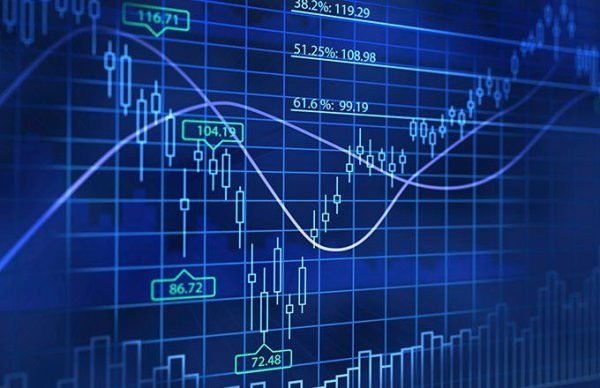
Technical analysis strategies in Forex involve studying historical price data and market patterns to predict future price movements. Traders use various tools and indicators, such as moving averages, candlestick patterns, and support/resistance levels, to identify entry and exit points for profitable trades.
3.1. Trend Following Strategies
Trend following strategies in Forex involves identifying and trading in the direction of established market trends. Traders use technical indicators and chart patterns to confirm trends and ride the momentum for potential profit opportunities.
3.2. Range Trading Strategies
Range trading strategies in Forex involve identifying price levels where a currency pair consolidates within a specific range. Traders look for buy opportunities near support and sell opportunities near resistance to profit from price oscillations within the range.
3.3. Breakout Trading Strategies
Breakout trading strategies in Forex involve identifying key support and resistance levels and entering trades when the price breaks out of these levels. Forex Factory, a popular website, provides traders with real-time market data, economic news, and forums for strategy discussions.
4. Sentiment Analysis Strategies

Sentiment analysis strategies in Forex involve assessing market sentiment to gauge the overall attitude of traders towards a particular currency pair. Traders analyze factors such as news sentiment, social media trends, and market positioning to make informed decisions based on the prevailing market sentiment.
4.1. Contrarian Trading
Contrarian trading in Forex involves taking positions opposite to the prevailing market sentiment. Traders identify overbought or oversold conditions and enter trades against the crowd, aiming to profit from potential market reversals.
4.2. Market Sentiment Analysis
Market sentiment analysis in the Forex market involves assessing the collective attitude of traders towards a currency pair, which influences price movements. Traders use this analysis to gauge sentiment shifts and identify potential trading opportunities.
5. Scalping and Day Trading Strategies
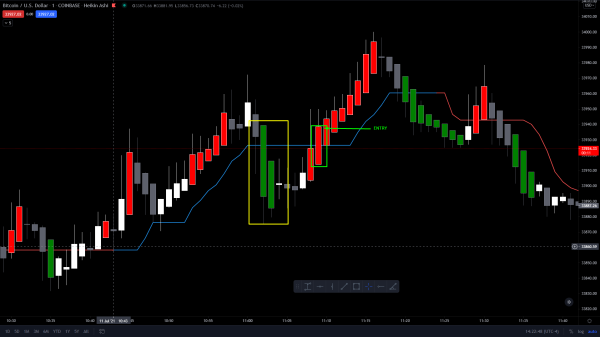
Scalping and day trading strategies in Forex involve executing multiple short-term trades within the same day. Scalpers aim to profit from small price movements, while day traders seek to capture larger intraday price swings. Both approaches require quick decision-making and effective risk management to succeed in the fast-paced Forex market.
5.1. Scalping Techniques
Scalping techniques in Forex currency refer to short-term trading strategies where traders aim to make quick profits from small price movements. Scalpers execute multiple trades throughout the day, holding positions for only a few seconds to minutes.
5.2. Intraday Trading Approaches
Intraday trading approaches in Forex involve executing trades within the same trading day. Traders use various strategies, such as technical analysis, chart patterns, and market indicators, to identify short-term opportunities and capitalize on price movements during the trading session.
6. Swing Trading Strategies
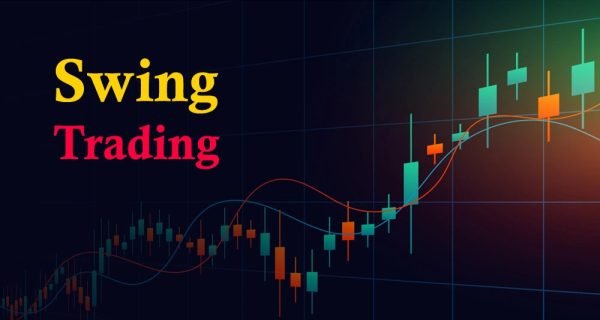
Swing trading strategies in Forex involve holding positions for several days to weeks, capitalizing on price swings within larger trends. Traders use technical analysis, chart patterns, and trend-following indicators to identify entry and exit points, aiming to capture significant price movements and maximize profit potential.
6.1. Fibonacci Retracement
Fibonacci retracement is a popular technical analysis tool used in Forex trading. Traders use Fibonacci levels, derived from a mathematical sequence, to identify potential support and resistance levels, aiding in predicting price corrections and trend continuation.
6.2. Moving Averages Crossover
Moving averages crossover is a technical analysis technique in Forex where two different moving averages, such as the 50-day and 200-day moving averages, intersect. Traders interpret this crossover to identify potential trend reversals or changes in market momentum, helping in making buy or sell decisions.
7. Carry Trade Strategy
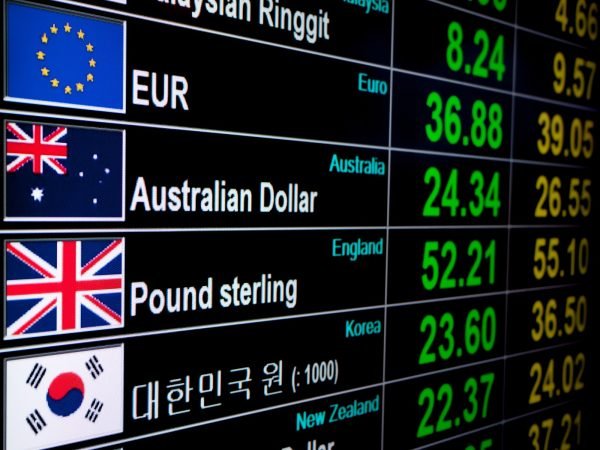
The carry trade strategy in Forex involves taking advantage of interest rate differentials between currencies. Traders borrow money in a low-interest-rate currency, use the funds to invest in a high-interest-rate currency, and profit from the interest rate spread. However, like any Forex strategy, it carries risks, and traders should be cautious when engaging in cargo Forex trading.
8. Position Trading Strategies
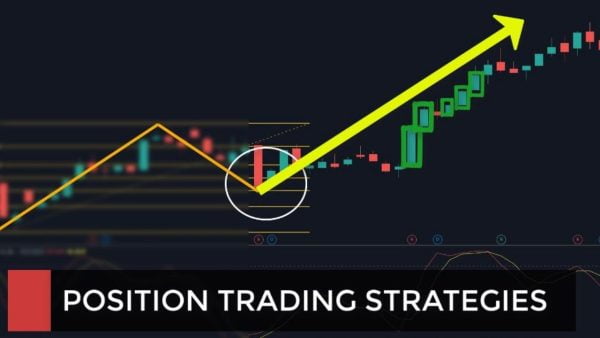
Position trading strategies in Forex involve holding positions for an extended period, ranging from weeks to months or even years. Traders focus on fundamental analysis and long-term market trends, aiming to capitalize on significant price movements and maximize profit potential.
9. Algorithmic Trading and Expert Advisors

Algorithmic trading in Forex involves using computer algorithms to execute trades based on predefined rules and strategies. Expert Advisors (EAs) are automated trading programs that operate within MetaTrader platforms, allowing traders to execute trades automatically and efficiently, based on specific criteria and conditions.
10. Risk Management in Forex Trading

Risk management in Forex trading involves implementing strategies to control and mitigate potential losses. Traders use techniques such as setting stop-loss orders, position sizing, and diversification to protect their capital and maintain long-term profitability.
11. Choosing the Right Strategy for You

When choosing the right Forex trading strategy, considering your risk tolerance, time availability, and expertise is crucial. Traders should also factor in the impact of Forex news on their chosen strategy, as economic events can significantly influence currency movements and may require adaptation or caution in executing trades.
Conclusion
In conclusion, understanding different Forex trading strategies is essential for navigating the dynamic Forex exchange market. Whether employing fundamental, technical, or sentiment analysis, traders can capitalize on various market conditions. Careful consideration of risk management and adapting to Forex news events can enhance success. By choosing a strategy aligned with individual goals and risk tolerance, traders can increase the potential for profitable outcomes in the Forex exchange market. Feeta.pk is a property portal, always exercise caution and do your research when dealing with any property portal or real estate platform.
Understanding the Different Types of Forex Trading Strategies
- Published in Europe, forex, forex, International, Investment, Investment Tips, Investments, uk, USA, viral, Zillow


